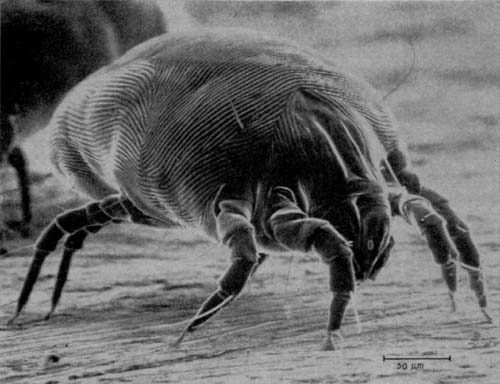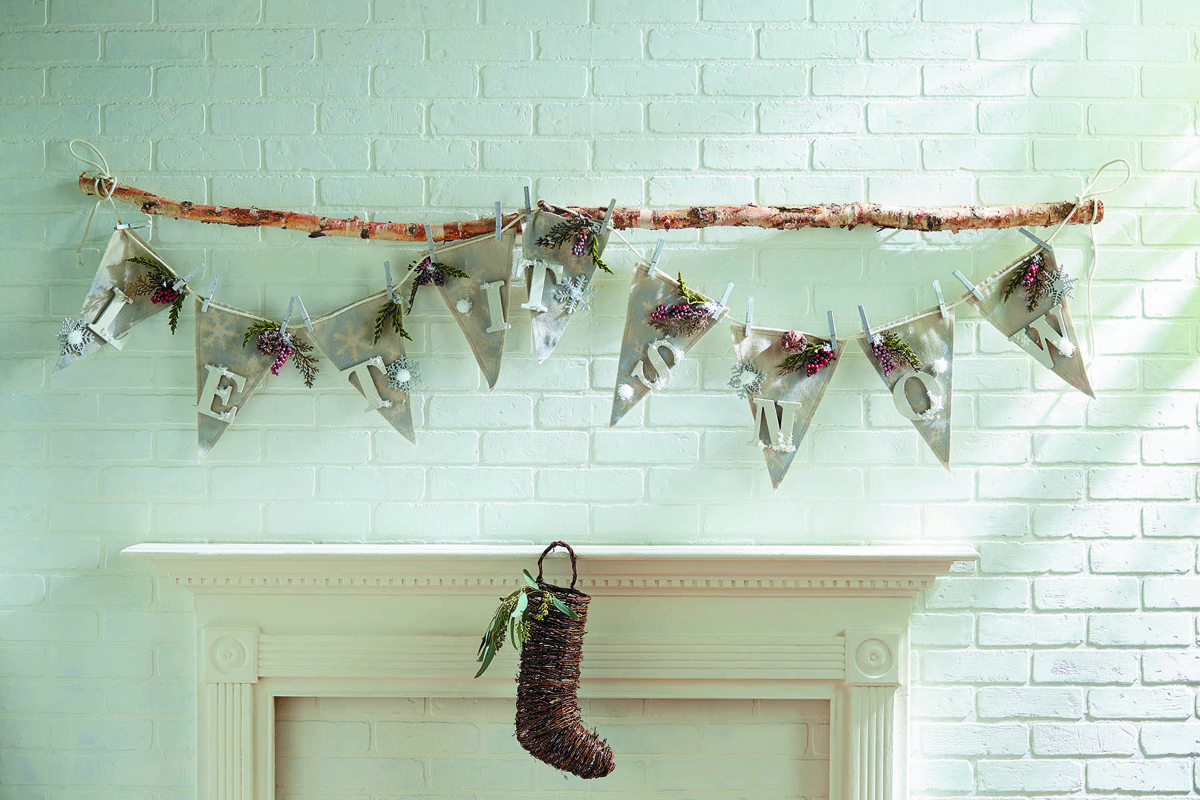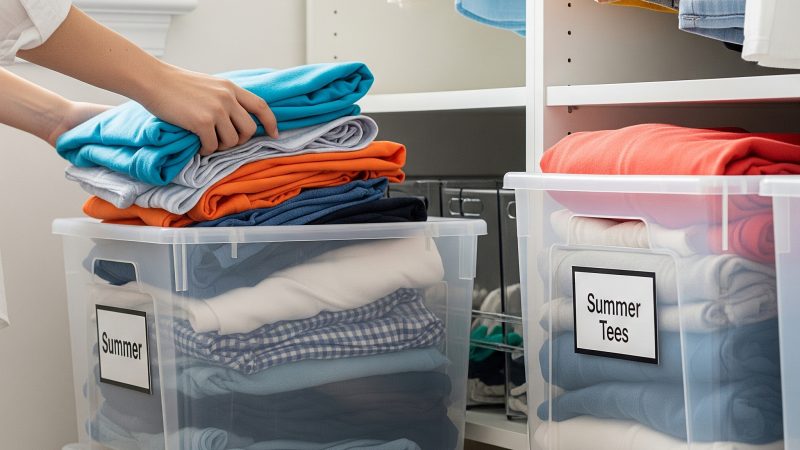Dust Mites in The Home

What are dust mites? Why are they important?
Dust mites are tiny bugs that live in your house. They measure about 1/100th of an inch in length, smaller than the period at the end of this sentence. They are a major cause of allergies and asthma. When some children are exposed to dust mites, they get asthma. If children already have asthma, dust mites make them wheeze more and use more asthma medicine. So, cutting down the number of dust mites in the home is an important step if your child has allergies or asthma.
Dust mites love warm, humid areas filled with dust. Bed pillows, mattresses, carpets and furniture are great places for them to live.
Cleaning each one of these places can make a real difference in the number of dust mites in your house.
What do I do first?
Start in the bedroom. Most of the dust mites in your house live in your mattress. Put an airtight plastic or polyurethane cover over your mattress. Wash your sheets and blankets in very hot water every week. Wash your pillow every week or put a plastic cover on it. (The pillowcase goes over the plastic cover.)
Your bedroom should have hardwood, tile or linoleum floor. These surfaces are easier to keep clean than carpet. If you have to have carpet, try not to place the carpet on concrete. The warm space between a rug and concrete is a good place for mites to live.
I don’t want to rip out my carpet. Is there anything I can do to treat it?
You can spray the rug with a solution of 3% tannic acid every 2 months to kill the dust mites. Ask your doctor if this solution will be helpful for your child.
Your doctor can make recommendations about the use of this solution. He or she can let you know how to apply the solution and how to obtain it. However, a better approach may be to completely remove your carpet.
What else can I do?
Vacuuming your carpets and upholstery every week can help. Vacuums with high-efficiency filters pick up more dust mites, but even standard vacuums work well enough. Use of special furniture that has a polyurethane cover over the matting is another good step. Plastic or wooden furniture that doesn’t have much padding can also help keep down the number of dust mites in your home. Because dust mites love warm, humid places, running your air conditioner and keeping the humidity low makes a difference. Don’t bother with special air filters–they won’t help children with asthma or allergies.
The Author:
For more information about windows and doors, visit one of the following Web sites or call the American Architectural Manufacturers Association at (847) 303-5664, www.aamanet.org; the Window and Door Manufacturers Association at www.wdma.com; or Pella Corporation at www.pella.com, (888) 84-PELLA.









This is some great advice. My wife has been struggling a lot with allergies lately so I wonder if doing these things would help. Although, I don’t know if I can sleep on mattress with a plastic cover. We’ll have to see if I can come up with something else for the mattress. Thanks for the post!
You can always cover the mattress with the plasic cover, then on top of that put a quilted padded mattress cover, then your fitted sheets over that. You can wash the fabic mattress cover easily when you launder your sheets or maybe even less often than that. You won’t notice the plastic mattress cover if you do it like this. And, its SOOOOO comfy! You will sleep like a baby. 🙂 A content baby that is. 🙂